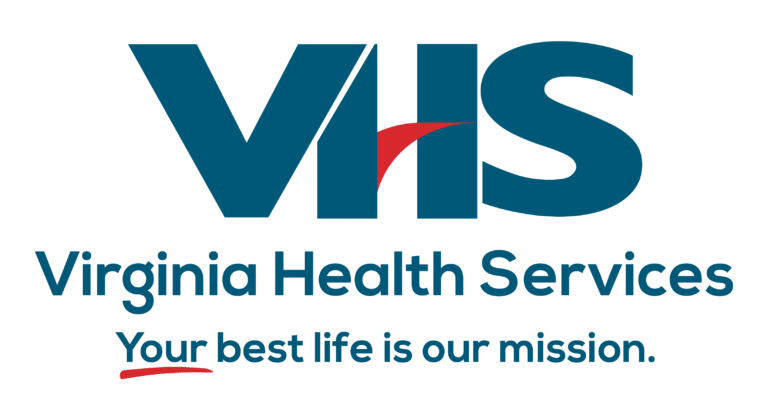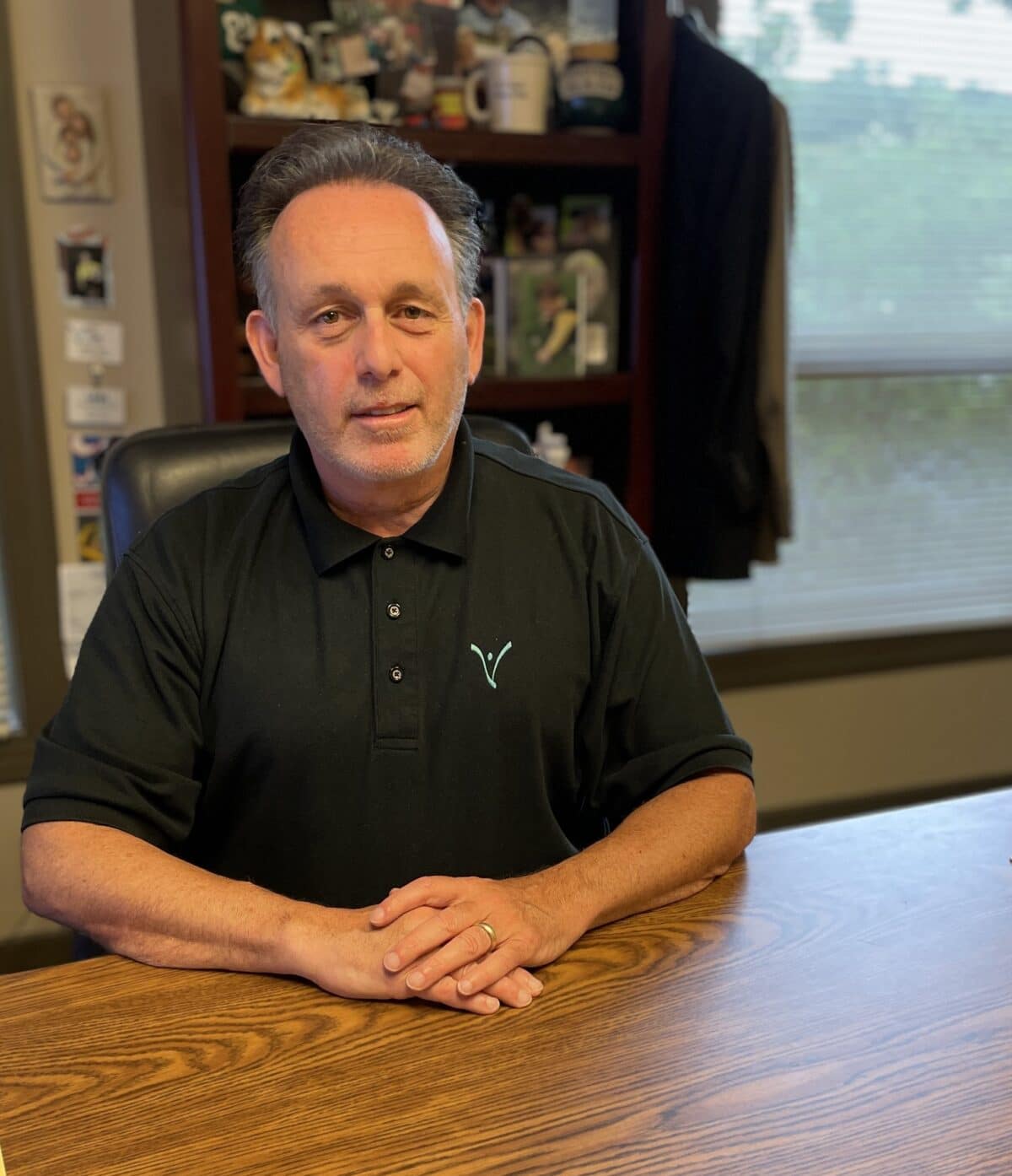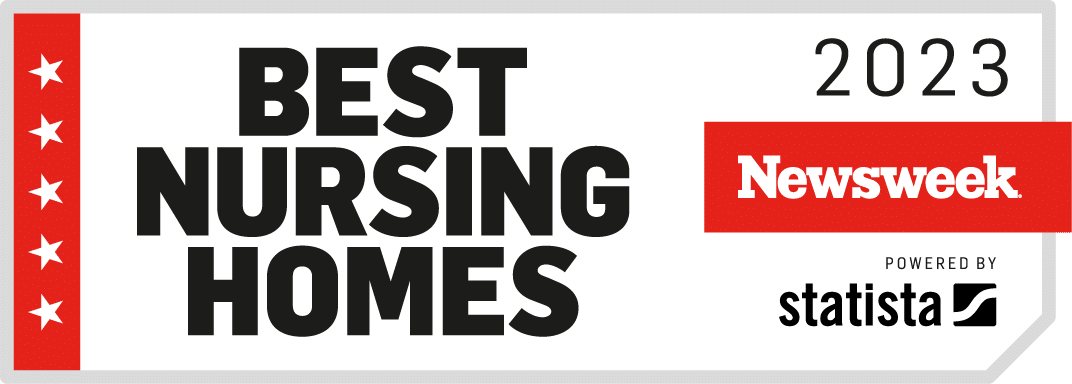VHS Senior VP, first director of VHS Rehabilitation celebrates 25th anniversary
VHS Senior Vice President David Crosson celebrates his 25th anniversary with the company in July 2024.
David joined the team in 1999 to bring VHS Rehabilitation to life as Executive Director. At that time, he was its only team member.
“I was doing treatments, evals, and recruiting therapists,” he said.
VHS Rehabilitation launches
His connections from previous stops with national rehabilitation contract companies helped VHS Rehabilitation (then Virginia Health Rehab) staff up quickly. At the time, the reimbursement model for nursing homes changed and it became more business savvy to provide an in-house therapy team in nursing homes for skilled care.
“Because of how the industry was changing, those therapists at contract companies and recent grads were looking for work. I was able to provide job opportunities. With me being the only person, I needed the staff, too. We were able to bring staff on pretty quickly,” David says.
About a year later, VHS Rehabilitation opened its outpatient site. Over the course of its 25 years, VHS Rehabilitation has grown to include physical, speech and occupational therapy in outpatient, skilled care and contract settings that have included assisted living centers, jails and schools.
Today, the VHS Rehabilitation team has about 70 regular team members and 250 PRNs to staff its skilled care therapy rooms, outpatient center and contract clients. The team includes physical, speech and occupational therapists, techs, assistants and administrative assistants.
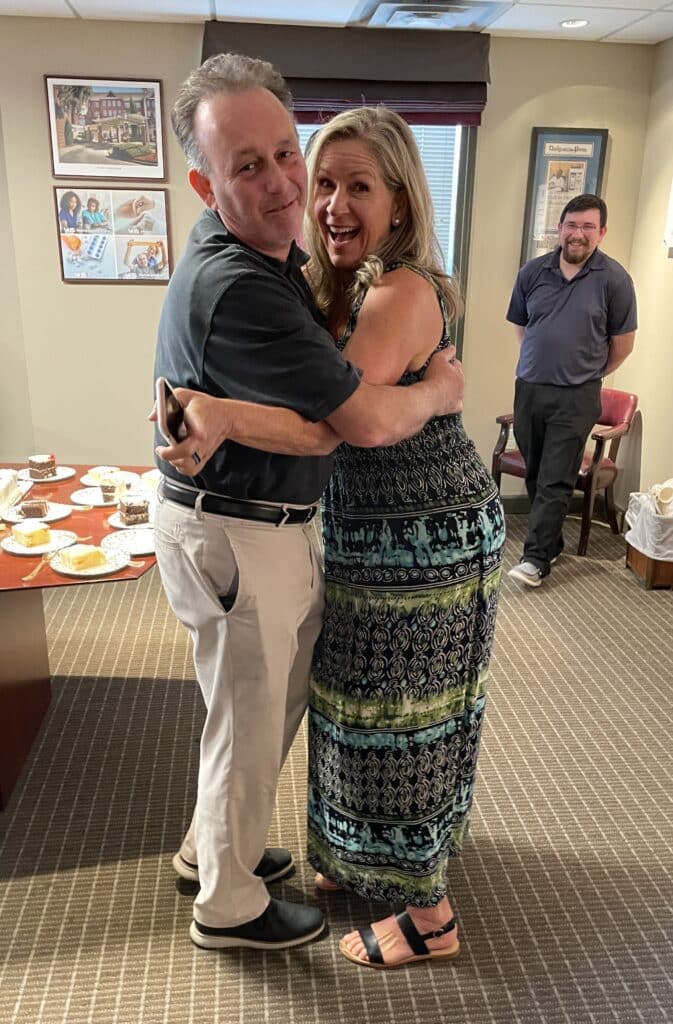
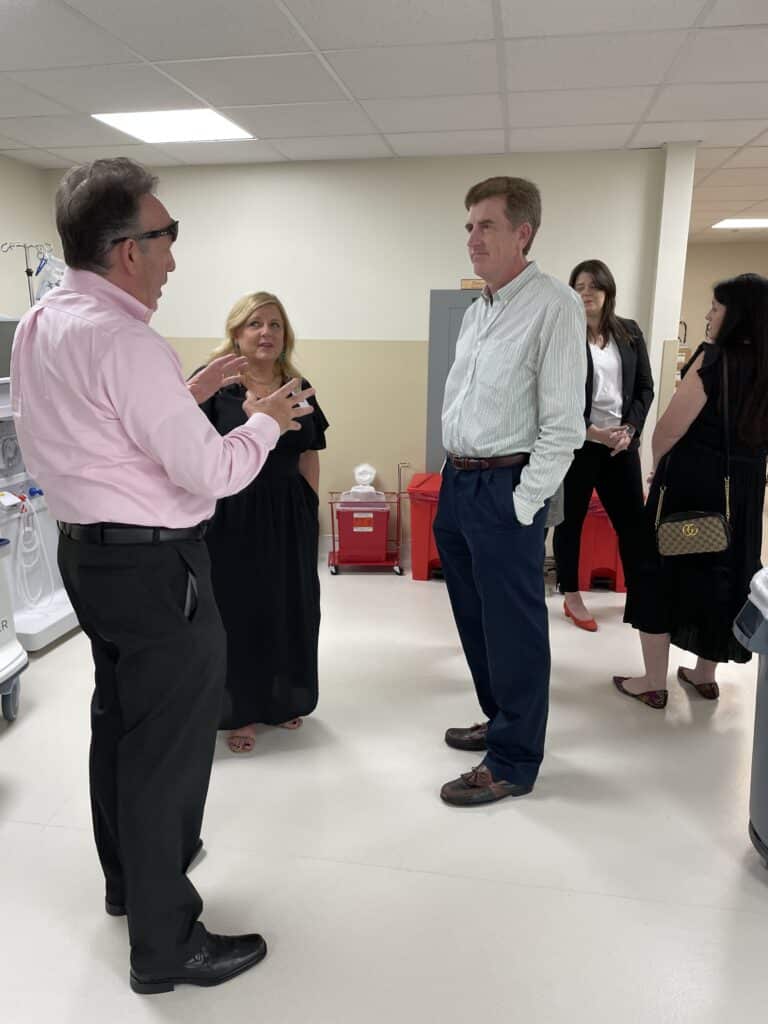
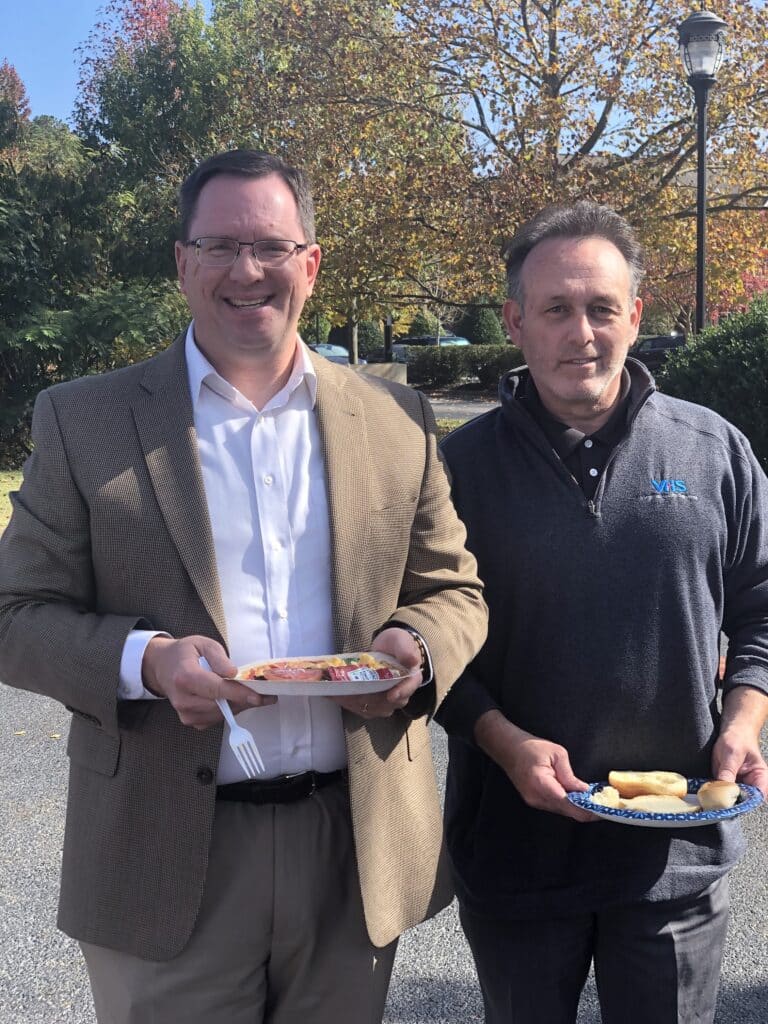
While he has a background in physical therapy — he earned bachelor’s degree in exercise science and master’s degree in physical therapy from Old Dominion University — David says he prefers the operational side of the business, including staffing and dealing with regulatory issues.
During his time with VHS, David has had a hand in the acquisition of Coliseum in 2013 — “that was a big pickup for us,” he says — and spearheaded establishing VHS Home Health Care in 2015 and VHS Hospice in 2017.
“Once we got into skilled care, VHS grew a lot. We changed our operations. VHS grew along with me,” he says.
He was promoted to Senior Vice President in 2016.
Home and Community-Based Services grow
VHS bought a license from a company that was owned by the company former VHS Home Health Care Administrator Cheri Brnich was working for at the time.
“She was very aggressive in our buildings,” he recalls. “She and I clicked. She’s very enthusiastic. She was then the acting administrator at a different company and we had a good working relationship. We brought her on as administrator for Home Health.”
He says they expected a slower ramp up when VHS Home Health Care launched, but “it came out of the door fast and we had 30 residents in the first month, which set expectations really high, even though we were doing it with limited staff. … If we had known we were going to pop that fast, we would have had more staff.”
He says VHS Hospice took about a year to start from scratch and become licensed.
“My philosophy is I don’t have to be the smartest guy in the room, but I surround myself with the smartest people. If I have a good team, they make me look better,” he says. “I have the knack to help manage and have vision. That’s where growth during those periods occurred. …
“We have a great opportunity to collaborate with all of our business units. We should be the provider of choice for our residents when they need rehab, home care, hospice. There’s so much value to that.”
Reflection
The Philadelphia native met his wife while attending ODU.
“She had just started her PhD program at ODU,” he says. “Her family was here, father worked for Old Dominion. This just became the place we landed.”
He says he is proud of everything he is involved in developing.
“The Rehab piece is a big piece of VHS. Home Health and Hospice were big additions to VHS and the success of VHS. It wouldn’t be something I would want to do and walk away from,” he says. “It’s nice to see those businesses develop and evolve. And then, it’s also the people. … A lot of what I do is more for the people who work for me, and keep them employed in environments they’re thriving in.”
